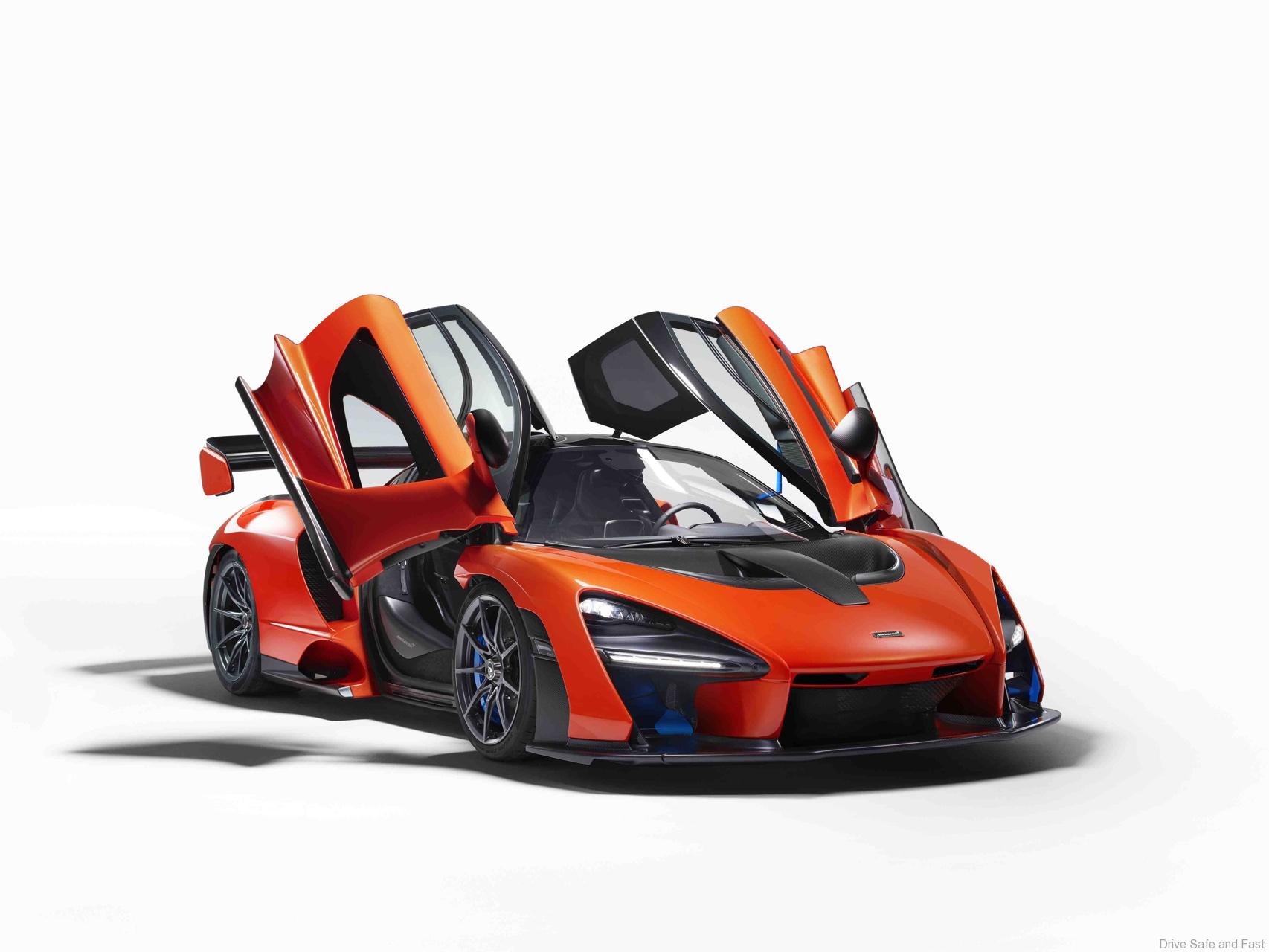The McLaren Senna has been designed, engineered and developed with single-minded purpose: to be the ultimate McLaren track-concentrated car for the road. Legalised for road use, but not sanitised to suit it, the new Ultimate Series deliberately compromises McLaren’s trademark breadth of supercar daily usability; instead it provides the purest connection between driver and car, to deliver the most intense circuit experience of any road McLaren.
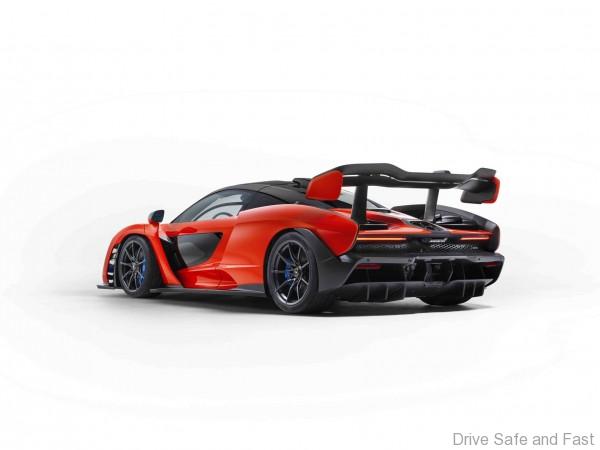
The technical recipe is classic McLaren Automotive supercar, a pedigree established and earned in the short time elapsed since the pioneering sports and supercar company was founded in 2010, but taken to another level entirely in the McLaren Senna. Ultra-lightweight construction, with carbon fibre chassis and body panels. Mid-mounted, twin-turbocharged V8 McLaren engine. Rear wheel drive. Sophisticated race-derived suspension that delivers an unparalleled blend of control and dynamic balance. Electro-hydraulic steering that rewards accurate inputs and gives the purest feedback. And two seats – but with absolute focus on the importance of the one that the driver occupies.
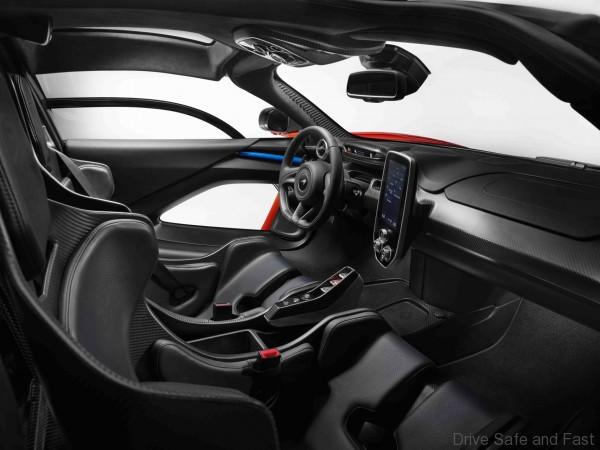
The carbon fibre Monocage III chassis that forms the core of the McLaren Senna is a further development of the structure that underpins the McLaren 720S and the strongest monocoque ever built by McLaren for a road-legal vehicle. Every body panel is made from carbon fibre, in line with a relentless focus on the weight of every individual component that has resulted in the McLaren Senna being the lightest road-legal McLaren since the iconic F1 road car, at just 1,198kg.
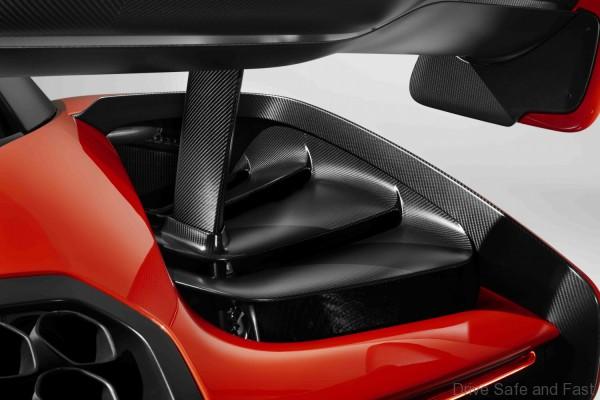
With maximum power of 800PS (789bhp), the McLaren Senna enjoys a power-to-weight ratio of 668PS per tonne. This statistic immediately underlines the performance credentials of the newcomer to the McLaren Ultimate Series, a product family introduced with the McLaren P1™ that is reserved for the rarest and most extreme McLaren cars.
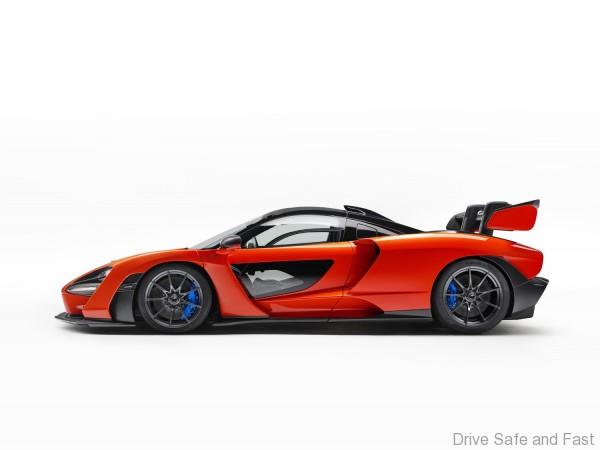
Unsurprisingly, there are strong echoes in the new McLaren Senna of the incredibly focused philosophy behind the McLaren P1™; where the latter was designed to be the best driver’s car on road and track, the ambition for the McLaren Senna is for it to be the best road-legal track car, setting a new benchmark for circuit excellence with track prowess absolutely taking precedence.
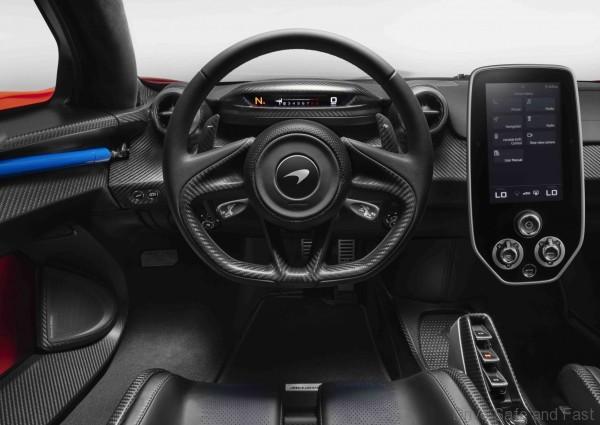
Codenamed M840TR, the 4.0-litre twin-turbocharged V8 engine at the heart of the McLaren Senna is the most powerful road car internal combustion engine ever created by McLaren, producing 800PS (789bhp) and torque of 800Nm (590 lb ft). The engine’s dry sump lubrication and flat-plane crankshaft are technologies with their roots in motorsport. Lightweight internal components reduce mass in the powertrain and combine with ultra-low inertia, twin-scroll turbochargers and electronically controlled wastegates to deliver lightning-quick throttle responsiveness.

From the outset of the programme, McLaren engineers determined that the full mechanical symphony of the engine – from intake to combustion to exhaust – had to be central to the sensory experience. Those fortunate enough to drive the McLaren Senna will feel the cockpit come alive with the sound of air rushing into the roof-mounted ‘snorkel’ intake and mixing in the carbon fibre plenum, producing precisely tailored high-frequency sounds that deliver a vivid experience. At the same time, low-frequency sounds from the engine are transferred into the cockpit through unique engine mounts, exciting the double-walled rear structure of the carbon fibre Monocage and amplifying every change in engine revs, making it seem almost as if the V8 is sitting alongside the driver.
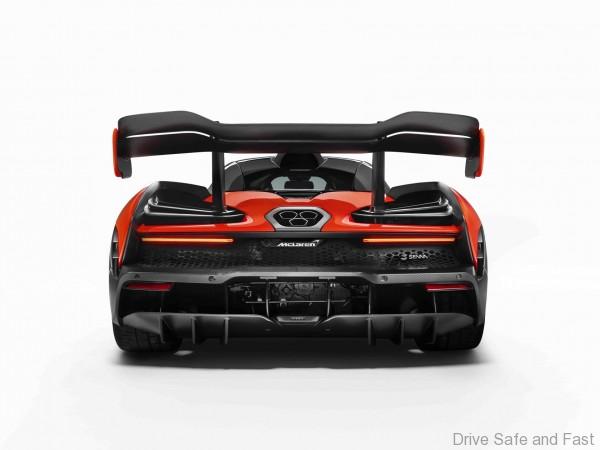
A dual-clutch, seamless-shift, seven-speed gearbox delivers power to the rear wheels. A fully automatic mode is the default, with the driver able to choose full manual control of gear shifts via paddles mounted on a rocker behind the steering wheel. The elongated carbon fibre paddles are optimised to be used both with or without racing gloves, and create a deep sense of mechanical connection with the McLaren Senna.

The character of the 4.0-litre twin-turbo McLaren V8 and the transmission can be tailored using the Active Dynamics Panel, with the driver having a choice of Comfort, Sport or Track powertrain modes. Whatever the mode, performance is suitably savage. Throttle response is immediate and neck-snapping, pinning the driver back into their seat.

RaceActive Chassis Control II (RCC II) hydraulic suspension works in harmony with front and rear active aerodynamics and the ultra-rigid Monocage III to deliver an incredibly intensive experience on a circuit. Every element of the McLaren Senna has been designed to maximise the connection between driver and car, at all speeds and in every situation. Painstaking work on the damping and steering weight has ensured that the car feels fully ‘alive’ well below its upper limits; even when the suspension is not fully loaded and tyres not absolutely compressed, the rich texture of communication blends with the feedback transmitted to the driver as aero levels and cornering speeds build.
RCC II is a double-wishbone suspension system that additionally features hydraulically interconnected dampers and a hydraulic replacement for conventional mechanical anti-roll bars. It also further develops the variable stiffness and ride height technology first seen in the pioneering hydraulic system in the McLaren P1™.

The adaptive dampers are interconnected hydraulically, both left to right and front to back, with two valves per damper to independently adjust for compression and rebound. The stiffness of the McLaren Senna is separately controlled using a kinetic roll system, or K-damper. The continuously variable RCC II system advances the control strategy introduced on the McLaren 720S and also adds a Race mode, which introduces a lower ride height, lower centre of gravity and significantly stiffer suspension.
Dynamic parameters are adjusted by the driver through the Active Dynamics Panel located on the centre console to select Comfort, Sport or Track modes or via a switch in a roof-mounted panel to access Race mode.
The braking system of the McLaren Senna is the most advanced ever fitted to a McLaren road car, using carbon ceramic discs and motorsport technologies to deliver extreme performance. Tyre choice is equally focused, with bespoke Pirelli P Zero™ Trofeo R tyres developed in conjunction with McLaren technical partner, Pirelli. Designed for race tracks but approved for road use, they enable a McLaren Senna to be driven to a circuit. Only one style of wheel is available: an ultra-lightweight alloy wheel with a race-inspired centre lock system.
The third model introduced under the McLaren Track22 business plan, the McLaren Senna will be hand-assembled in England at the McLaren Production Centre. Production will be limited to 500 vehicles, each costing from £750,000 including taxes (UK price) and all already allocated.





